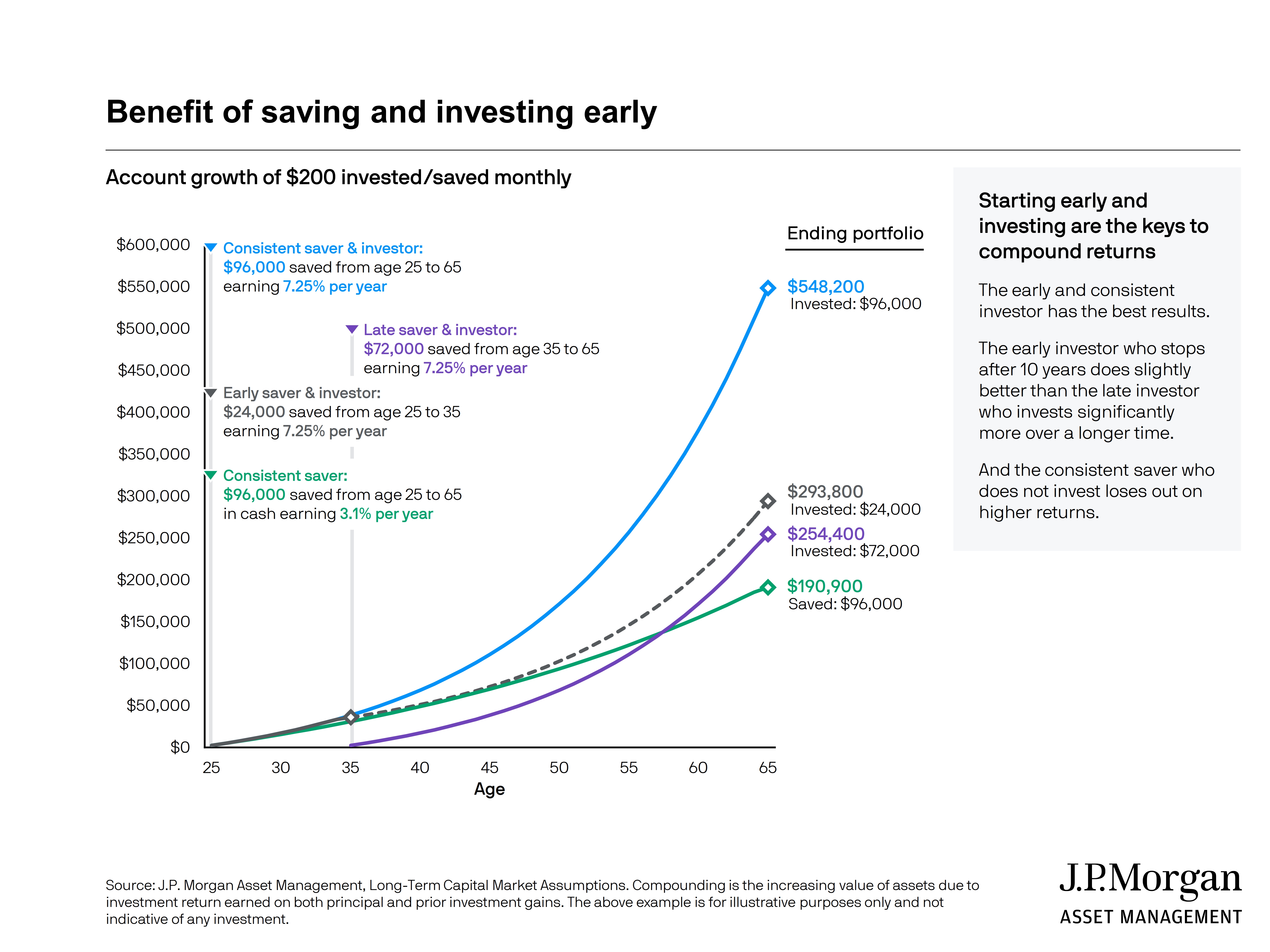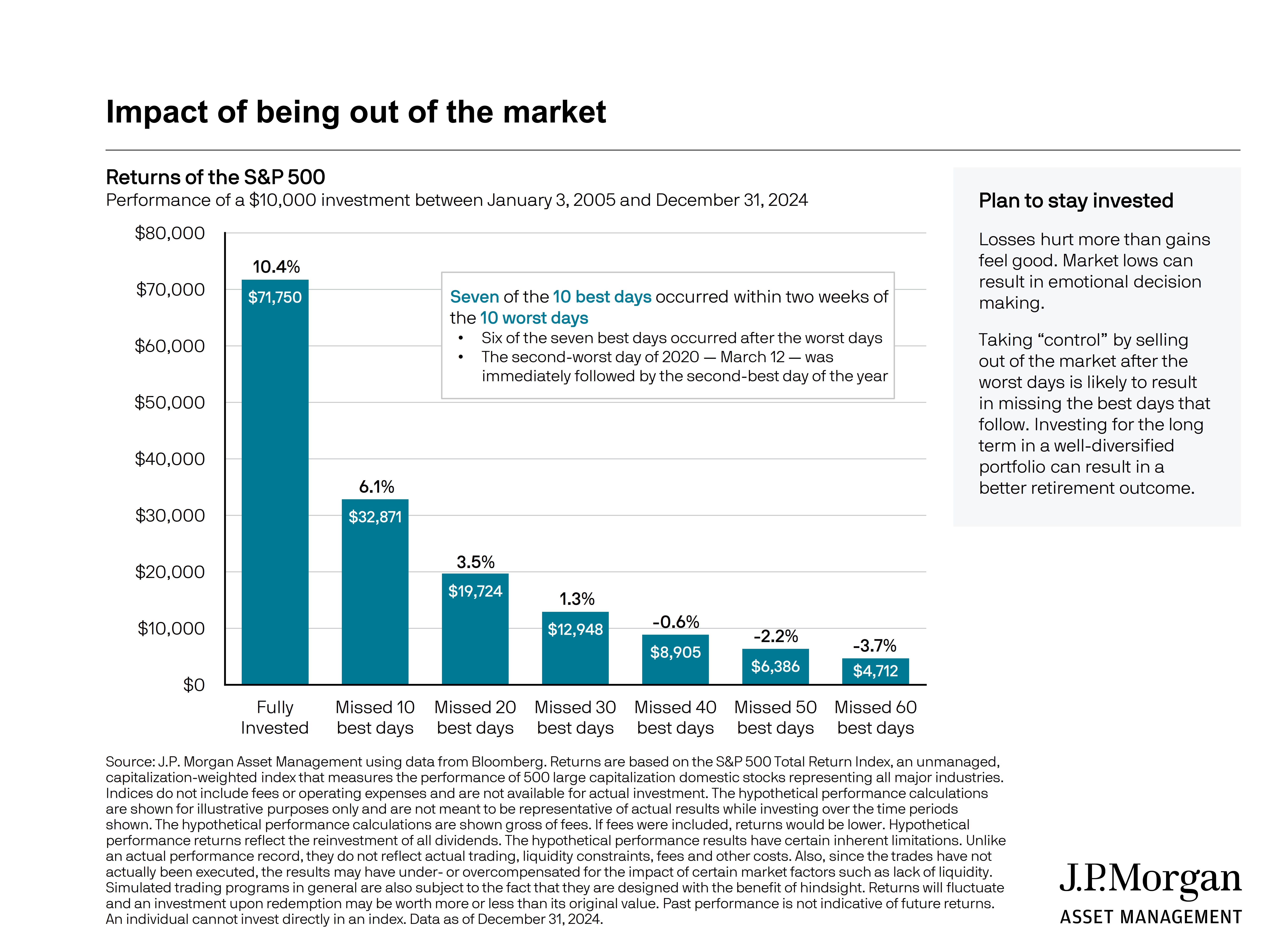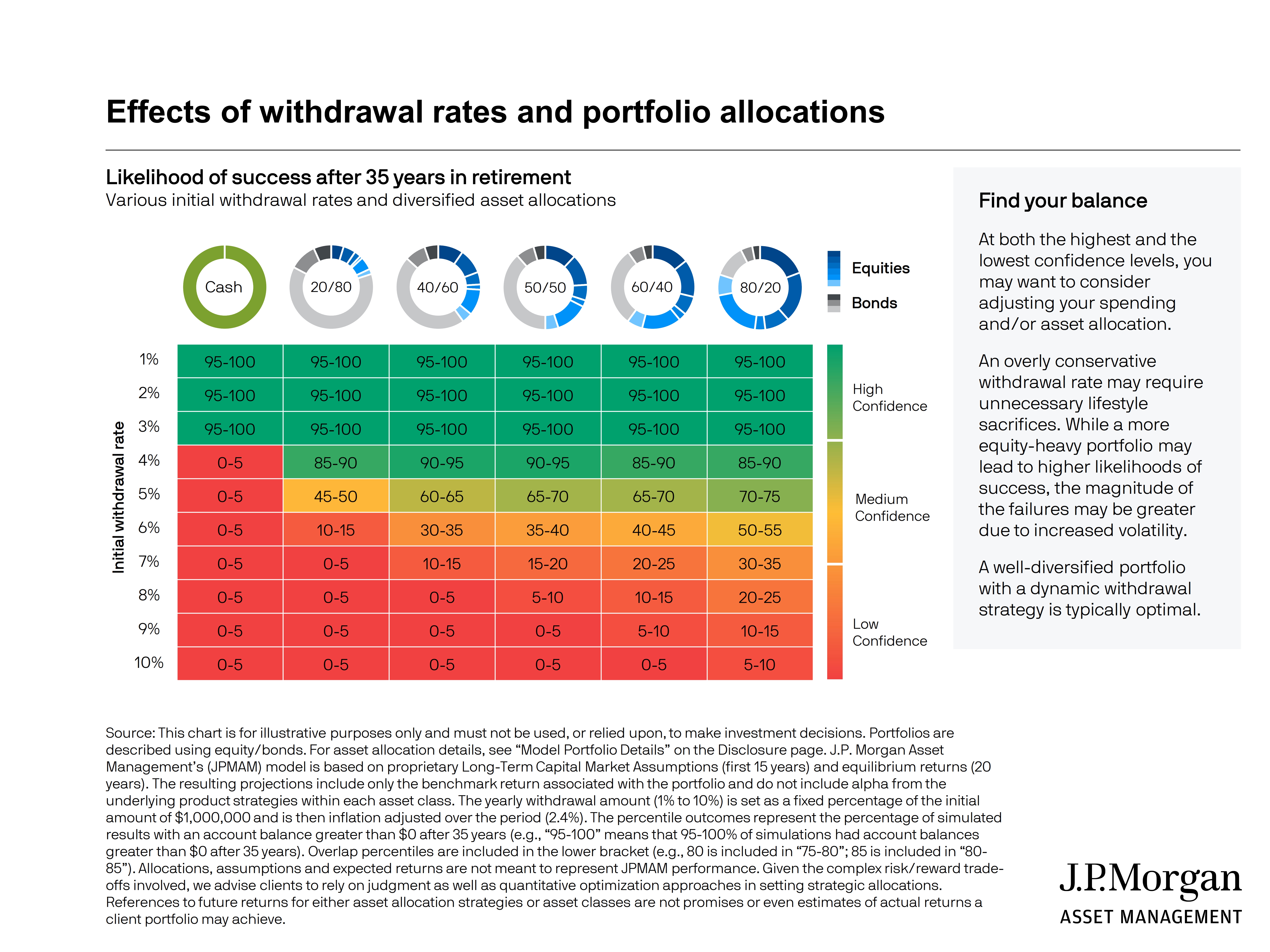
The Hardest Thing About Investing
The hardest part of investing is that it should be boring.
The key to investment success, in my opinion, is to focus on building good investment habits. Don’t worry so much about when to buy or how much to buy (and let us help you with what to buy). Simply invest the same amount every week or month, and keep doing it for years and years and years. This method is so dull that you might even forget you’re doing it, but it is also completely agnostic to dips and rises and crashes and booms. Forming the habit is the hard part.
I like to compare this investing rational to exercising. What you choose to do isn’t necessarily the most important part. It’s simply the staying active that keeps you healthy, so forming a habit that keeps you moving is what is important. Find something you like (or can at least tolerate) and do it consistently. It is the consistency of it that is hard, and also boring. If you can form a habit, it will go a long way in protecting you from the risks of a sedentary lifestyle. I’m certainly no doctor, so please don’t take this as medical advice, but I’d guess that the majority of experts would agree with me on this point.
So if you have money to invest, today is a great time to put a little that you don’t need into the market. Then do the same next week/month and repeat until you retire. The more consistent you can be with your saving and investing, the more beneficial it is for you in the long term. This principle is illustrated by the graph below.
Try not to stress about interest rates, tariffs, job reports, market meltdowns, booms, or exciting new stock IPOs. Any adjustments needed to your portfolio will likely be small. Let advisors and fund managers fret about those. Any big changes you make will likely be the wrong move. Taking control by selling at the wrong time (after the worst days) is likely to result in missing the best days that often follow. As you can see in the chart below, investing for the long term in a well-diversified portfolio can result in a better retirement outcome.
Once you retire, this rationale still holds true, albeit in a slightly opposite direction. Form a retirement plan with straightforward spending goals and follow it. Don’t let market volatility bother or influence you, just follow your plan and enjoy your retirement. The next table shows the likelihood of retirement success based on investment allocation and withdrawal rate. You can see that how much you decide to withdraw during retirement largely determines your chances of running out of money. Find a plan that is right for you and try to stick to it. If you aren’t sure about how to put together a plan, we offer this service for clients free of charge.




